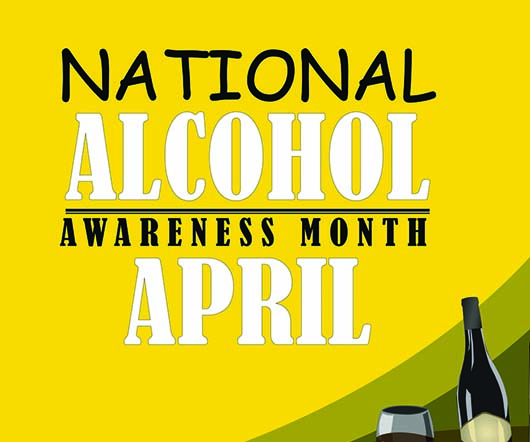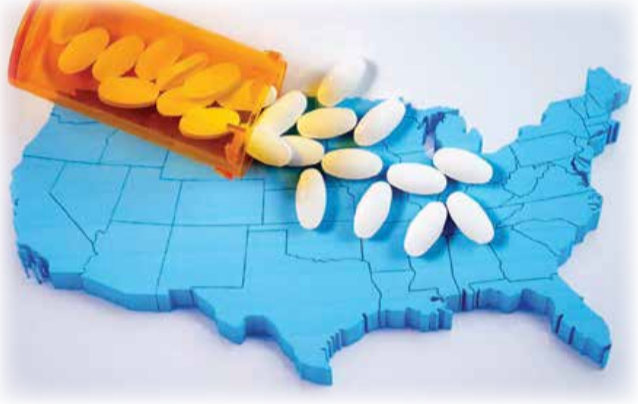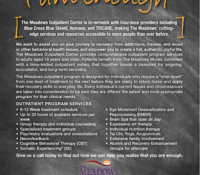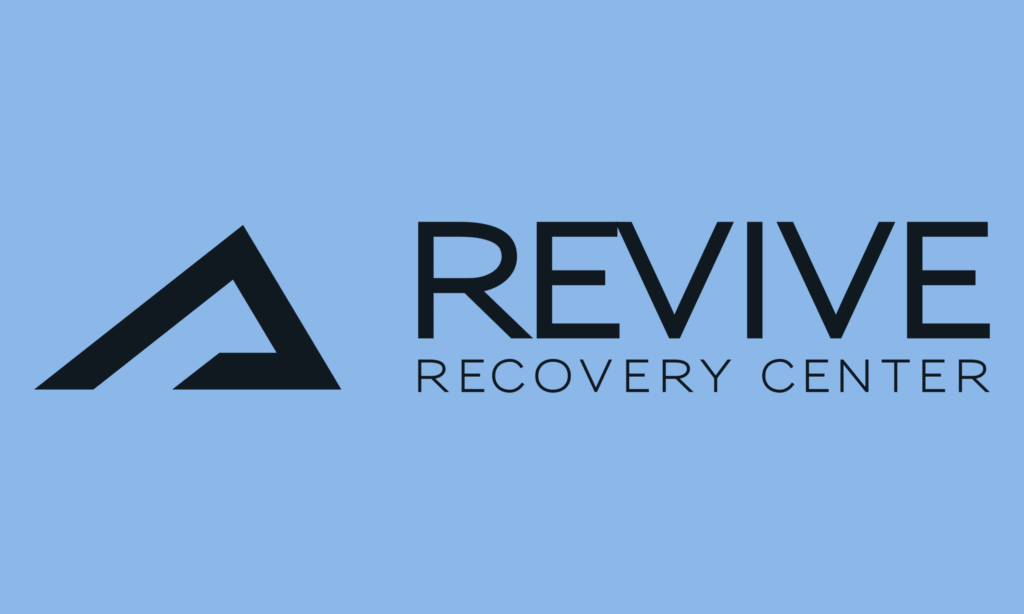“A substance that looks like a pill doesn’t mean it is a pharmaceutical grade drug. Anything can be pressed to look like a pill.” CBI knows we have an opioid...
“A substance that looks like a pill doesn’t mean it is a pharmaceutical grade drug. Anything can be pressed to look like a pill.”
CBI knows we have an opioid crisis happening in the United States of America. If you work in the industry or have had a loved one affected by opioid addiction, then you get it. However, there are still many Americans who can’t explain opioids. They aren’t familiar with what they are, the side effects of use, and signs of abuse or withdrawal symptoms. They don’t know the opioid family expands from prescription painkillers (Percocet, Oxycodone, Vicodin, etc.) to the illicit drug of heroin and new forms of street fentanyl, an extremely potent narcotic that can be deadly
from one use or exposure. Most people can’t explain the “crisis” component of opioids as many people are still unfamiliar with the addictive nature of all opioids. Community Training In community training, we often ask people what the number one cause of death is when abusing opioids and some typical answers are an overdose or heart attack. Yes, one can overdose, or take too many, but that doesn’t always mean death. We definitely need our hearts to function, but when it comes to opioids, they tend to act on our respiratory system, slowing our breathing, often resulting in respiratory failure, the number one cause of death. All this is just the start of the opioid epidemic in America. Substance abuse is cyclical. It never ends. Patterns and trends change, but the abuse of drugs is constantly there. Over the years, Americans have seen an increase in drug overdose deaths. In the 1980’s many will recall sayings like “the war on drugs” and “just say no” and we got the feeling that drugs were a problem in our communities. In the 1980’s, there were 6,100 American lives lost to drug overdoses. As we approached the new millennium, we saw an increase to almost 17,000 deaths in 1999 and then we changed history when in 2008 there were more deaths from drugs than car crashes. Over 36,500 lives were lost. Sadly, the increase in drug deaths continues to rise. The Centers for Disease Control confirmed
52,404 drug deaths in 2015. Preliminary data suggests that the number of drug overdose deaths will reach over 64,000 for 2016! The deaths are from many substances; however, a majority of the deaths are from opioids. Early estimates claim 15,466 heroin deaths in 2016 and 20,145 deaths due to fentanyl. These numbers alone total 35,611, about 56% of all the deaths that year and we haven’t even factored in prescription pills.
You never know what you are taking
A substance that looks like a pill doesn’t mean it is a pharmaceutical grade drug. Anything can be pressed to look like a pill. There have been many cases of heroin and fentanyl showing up as counterfeit prescription meds. One should know that heroin is not only popular, but is the most potent it’s ever been. Today, heroin can be 90% pure, resulting in addiction or death with one time use. Fentanyl is 50 times stronger than heroin and the US has seen an influx of use and
availability. Many of these fake pills are trafficked in from China and Mexico. Current trends reflect blue pills stamped to look like oxycodone. Fentanyl can be deadly in as little as 3 milligrams, which looks like 3 grains of salt… nearly undetectable to the human eye. The “just say no” campaign failed. This is why being in the know or knowledgeable is so important. This is where it starts… education. We can’t be afraid to communicate with one another. Ask our doctors questions. Find out the facts. Inquire with loved ones about their habits, genetics, daily environments, etc. We need to prevent the problem before it occurs and start serious life skill conversations with our kids early and often. We can’t stop the efforts or give up hope, we just need to understand the potential for harm and reduce it. Pain management is a real thing and
necessary in some cases, but not all. It’s ok to feel pain and it’s ok to feel happiness. We learn from our life experiences and feelings. It’s all part of human nature to grow and develop. Perhaps we need reminders that drugs, legal and illegal, can hinder that progress. Maybe more importantly, we remember it’s possible to cope without the “pill for every ill” mentality. Pain is part of life. We need to accept that pain is part of life. Yes, sometimes the pain becomes unmanageable. We may need medications, counseling or other means/skills to assist us in coping. However, it is when we do not accept the pain that we can create suffering for ourselves. When we burn our hand, we want to experience pain so we can treat that wound
accordingly. When a loved one passes away, we may feel pain related to the grief of the loss. If we do not allow ourselves to feel the pain and/or process the experience, the pain can turn into suffering. We can store that pain or suffering in our bodies, which can impact our mind, behaviors, emotions and physical reactions.
There is treatment and support
Addiction and/or dependence not only impacts the individual who is addicted or dependent, it impacts families, friends and the community. Community Bridges, Inc. (CBI) provides services throughout the state of Arizona that assist individuals with getting on their own journey to recovery, and services that provide support and education to families, friends, and the community. At CBI, we know the journey to recovery is not always easy and it can look very different for each person. There’s a stigma around addiction, which can include blaming the person who’s addicted. Addiction does change the brain. As we treat other medical conditions, it’s important that we’re treating addiction the same way. When a loved one is going through cancer treatments, the family unit needs support as well. It’s the same thing with addiction. Recovery is possible. Community Bridges, Inc.(CBI) understands the support that is needed when you or a loved one are going through recovery. Many CBI employees have been through recovery and are now working to help others realize the light at the end of the tunnel. Over the past 35 years, CBI has helped thousands of men, women, and families from all walks of life, including Veterans, homeless, and those suffering from mental illness and substance use. They offer a variety of programs that are catered towards very specific needs, such as opioid dependency. CBI’s programs can help. UnScript is a program of Community Bridges, Inc. (CBI) which was developed to treat individuals who have become dependent on prescription pain medications due to having a legitimate pain condition and being prescribed medication by a doctor. The program uses medical interventions, along with an addiction-free pain management model to assist individuals in decreasing their dependence on opioid-based interventions and increase their ability to manage their pain in a manner that is less disruptive to their life. The programs assist the individual in making a long-term gain in their ability to manage their pain. It’s ok to question your doctor. People go to the doctor and get a legitimate prescription for pain medication and feel as though they are doing the right thing. Over time, that dependence can build to where we see the need for the Unscript Program because it is that unintentional dependence that was developed due to being prescribed medication that was needed. Providers have become so used to prescribing these medications, even in large quantities for minor injuries or minor procedures. One may become physically dependent or addicted to these medications in as little as five days. The original opioids are unheard of. The original opioids are naturally occurring substances and come from the opium poppy. Rather than converted into morphine and heroin, they are made into all these synthetic analogs that are meant to be more
effective, more powerful pain relief. Then there’s the street world of heroin. Physicians and the public have become more aware of the epidemic and physicians are starting to be wary of prescribing. We also have pharmaceutical databases to look at what somebody is being prescribed, and that’s driving the move to street drugs.
The face of addiction has Changed
Addiction no longer looks like the stereotypical homeless person on the side of the street. Many individuals who are dependent on drugs are like most of us, with families, jobs, and children.
Substance use is becoming common in the workplace. The philosophy behind chronic pain management is that you’ll be able to function until it starts getting out of control and addiction takes over. Adolescents are becoming addicted to opioids. It is not just adults in the workplace becoming addicted to opioids, but it is also our youth. CBI has developed an Adolescent Program that provides comprehensive, medically integrated behavioral health services that support members in achieving their recovery goals, enhancing health and wellness, and improving the quality of their lives. Teenage deaths continue to grow due to heroin and other opioids. CBI’s Adolescent Opioid Use Disorder Treatment Program is for youth ages 16 to 18. The program focuses on brief intervention techniques and taper adolescents off opioids by using Medication Assisted Treatment (MAT), individual counseling, and expanded family sup-
port. By using a holistic approach and age-specific interventions, CBI guides and support adolescents in their journey through addiction recovery. Medically treating opioid dependencies. Medication Assisted Treatment (MAT) helps treat opioid dependency by using suboxone. According to studies, suboxone is a medication often prescribed to teens and is used to treat opioid dependence. “One of the advantages to using suboxone is that it can’t be taken to achieve a full opioid effect, making it more difficult to abuse than other forms of medication-assisted treatment, such as methadone. It is designed to assist the youth in slowly
coming off opioids by introducing the suboxone and then to taper off suboxone. This transition process is done under the care of both a Psychiatric and a family practitioner to monitor mental health and physical health issues. CBI currently offers Medication Assisted Treatment services at five of their facilities in Arizona. Government funding to expand MAT services. Government funding has been a crucial part of integrating MAT services into our clinics. They believe it is a huge part of a successful recovery and long-term sobriety. With their help, CBI has been able to
create a program that offers 24-hour access to individuals needing evaluation and treatment for the use of opioids at specific CBI Center of Excellence locations. Patients are able to be assessed for methadone services and also connect with a navigator to assist with services. Navigators are individuals who are in recovery themselves and can share their strength, hope, and experience with those who are who are just starting their recovery journey. Methadone is another form of Medication Assisted Treatment (MAT) that helps manage cravings for opioid dependency. It is used to treat individuals that are in long-term recovery and need help with their cravings and side effects that are associated with opioid withdrawal, so they can focus on therapy. Methadone has been considered to be one of the most effective forms of treatment to maintain sobriety and reduce the risk of withdrawal by decreasing the rate of relapse. Treating more than just your addiction CBI’s specialized programs work through a multidisciplinary team approach to assess biological, medical, psychological, social, and spiritual domains of life to design the most effective treatment modality for each individual and/or family. The model addresses these domains to achieve true wellness and recovery. Family Support Services are used throughout the treatment to engage the family in discussion regarding education, crisis intervention, skills training, management of mental illness, problem-solving, and social and emotional support. CBI believes it is important to not only treat the patient, but their families too.
Your path to recovery. Everybody has their own journey through recovery. Every person has their own unique story and path. Community Bridges, Inc. (CBI) acknowledges that and takes every facet of your life into consideration when helping you through your path of recovery. CBI’s remarkable and talented staff loves people and offers inpatient and outpatient programs that fit all individual needs.
For more information and to learn about our services, please visit: www.communitybridgesAZ.org.




























